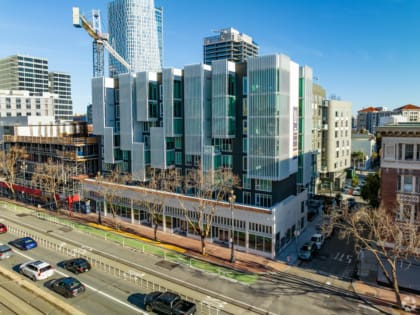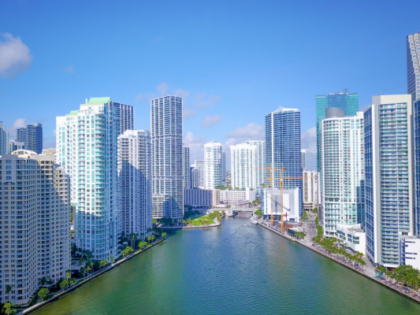Utilize a free source of water and save thousands in utility & sewer fees annually
Dramatically reduce your project’s water footprint with rainwater, stormwater and condensate reuse
Implementing a rainwater, stormwater and/or condensate reuse system in your building is a simple and effective way to offset demand from purchased water sources, saving thousands of dollars in water and utility costs. Implementing sustainable, circular infrastructure in your next project with water reuse technology helps reduce the strain on natural water resources and municipal water systems.
See Our OneWater Rain System








